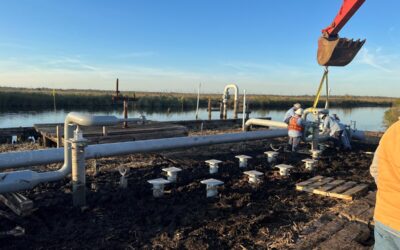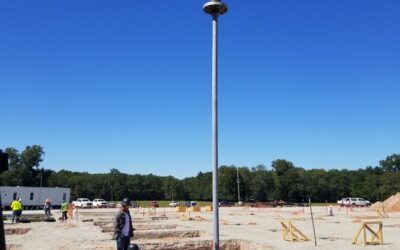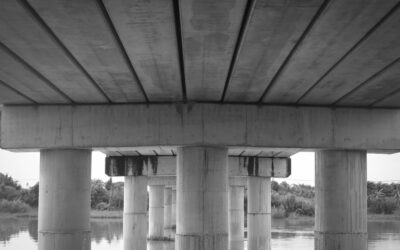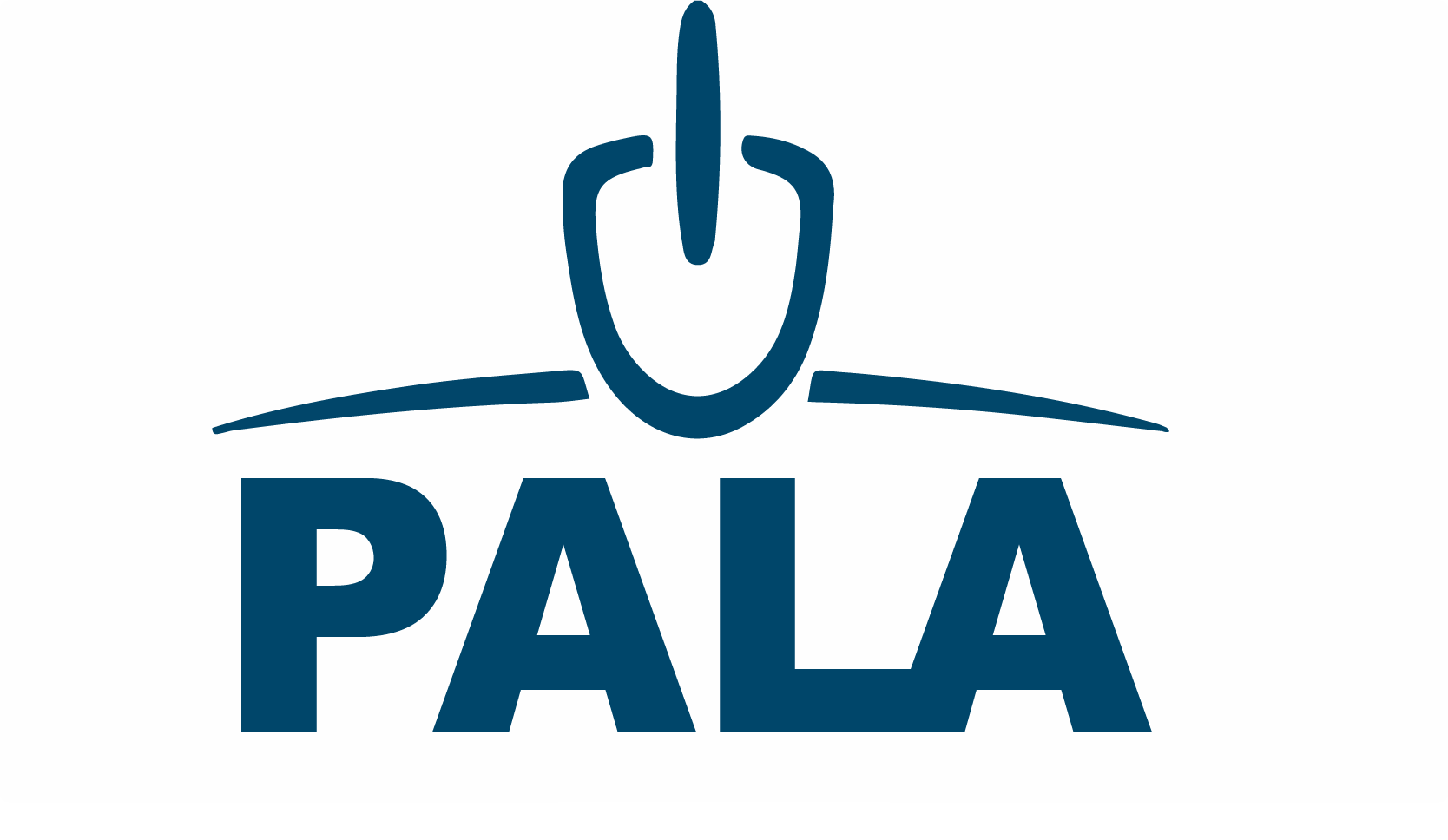According to the National Oceanic and Atmospheric Administration (NOAA) — the government agency that tracks weather, climate, and environmental conditions — 18 climate/weather events in 2022 caused over $1 billion in damage each. Since 1980, there have been 341 such events. It is not just important, but absolutely critical to prepare for, and prepare to respond to, these natural disasters. This includes building design and construction practices.
Helical piles are a deep foundation solution: slender metal rods with helical bases that provide stability and anchoring, that can increase the resistance of structures to natural disasters, as well as aid in the response to the damage they cause.
Helical Piles for Natural Disaster Resistance
Foundations using helical piles are found to have better earthquake resistance than poured concrete foundations. Because piles are screwed deep into the earth, they aren’t as affected by soil liquefaction (when the soil behaves like a liquid due to saturation and a change in the stress conditions, like the shaking of an earthquake) as traditional foundations that are closer to the surface soil. They are also not subject to shifting due to poor preparation or compaction of soil beneath the foundation, as they are screwed into and not resting on the ground.
For the same reasons, using helical piles in loose or wet soils — such as those that occur on hurricane-prone coastlines or floodplains — can improve structures’ resistance to the fallout from those types of weather events. Metal piles can be treated for corrosion resistance and will not wash out in consistently wet conditions like concrete can.
Deep foundations like helical piles also have positive implications for wind resistance. Piles are screwed into the ground and provide their load-bearing and tension-resisting capacities from the friction between the helical plate, the screw-like part of the pile, and the ground into which they are driven. The deeper the pile, the greater the load-bearing capacity and the increased ability to resist lateral stress — such as that from strong winds. For this reason, helical piles are often the foundation of choice for top-heavy, wind-exposed structures like wind turbines and solar panels. In areas with vertical infrastructure prone to heavy winds in tornado or hurricane conditions, piles may increase their resistance to damage.
Helical Piles for Natural Disaster Response
Much of our most critical infrastructure involves transportation and energy — roads, bridges, power lines, solar panel installations, wind turbines, cell towers, etc. As mentioned earlier, many of those structures already make use of helical pile foundations. As these structures are so essential, they need to bring back into service after a disaster quickly.
Under the right conditions, helical piles can be installed as quickly as 30 seconds per lineal foot or 25 to 30 piles per day on a project. Depending on the diameter of the piles, type of soil, and depth to which the foundation is being installed, entire helical pile foundations can be installed in a day. Helical piles have load-bearing capacity from the moment they are installed.
While it may only take a few hours to pour and level a traditional concrete foundation, it also requires mixing, curing, and finishing time, along with the time it takes to build the concrete forms prepare the ground and assemble all of the necessary equipment. Helical piles require minimal equipment and ground preparation.
In fact, helical piles can be installed with not only minimal equipment in terms of number of equipment types. You really only need a hydraulic motor of some kind attached to a helical drive head, but minimal equipment in terms of power and size. While for standard installations this is not recommended, due to the limitations it can place on the load-bearing capacity of the piles, in tight spaces and emergency situations, helical piles have been installed with skid steers (Bobcats).
In the case of hurricanes and flooding, helical piles are useful for shoring up foundations of necessary infrastructure because they can be installed underwater and in loose, sandy, wet soils. This is why they are often used in offshore construction, for structures like offshore oil rigs and wind turbine installations. Concrete cannot be set properly in wet conditions, but helical piles can be galvanized to protect from water and rust.
Restoring and fortifying important buildings and structures is just as important in heavy winter weather like blizzards and ice storms, which can have a huge toll on energy systems. Unlike concrete, helical piles can be installed in cold, wintery conditions, as they are not temperature sensitive. They resist frost heave, don’t require curing or heating, and can be installed even when the ground is frozen.
Helical Piles for Natural Disaster Relief
Helical piles can be an essential tool in rebuilding, for several reasons. Firstly, helical piles are not only useful as a primary foundation, but also as additional support for existing concrete foundations. Piles can be installed not only vertically, but laterally, and can be anchored to existing weakening foundations to remediate and strengthen them.
After a 7.1 Mw earthquake struck Christchurch, New Zealand, in 2010, helical piles were used to bolster failing foundations after the damage. Per Geoengineer.com, this solution was favored over the conventional method, injecting grout beneath the existing foundation, as it doesn’t add to the load on the pliable, already overloaded soil.
Another benefit of helical piles for use during natural disaster recovery is cost-effectiveness. Not cheap, in the sense of low quality or a compromise in workmanship, but cost-efficient, as you get strength, durability (helical piles can last for over 100 years), quick installation, and the other benefits of a pile foundation for a price that’s comparable or lower than a traditional poured foundation. That matters to communities, companies, and homeowners that are reeling from severe weather and have to find funding for unexpected rebuilding and repair.
When we consider the incidence of extreme weather and its effects on us, we become more aware of the environmental effects of our actions and choices. It is a priority in restoration after natural disasters to future-proof construction for expected changes in weather patterns, but also to perform the construction using environmentally friendly materials, tools, and practices. Helical piles can be a more environmentally sustainable solution than traditional foundations, given their fabrication from recyclable metals, their decreased soil disruption and displacement, and their neutral, inert status in the environment, resisting corrosion and degradation over the long term.
Preparing For or Facing Natural Disaster? Elite Helical Can Help.
If you live in an area at risk of natural disaster — or if you’ve already experienced the devastation one can bring — you may be looking for a more durable foundational solution. Helical piles can offer stronger, sturdier solutions for both residential and commercial properties. Contact us to learn more about how a helical pile foundation might benefit your application.






